Humanity has always had the ambition to explore the universe, and in fact, our ability to access space is greater than ever. As we close out a busy year in 2021, we will witness new journeys and historic experiments aimed at understanding the universe in the upcoming year of 2022.
Upcoming Space Science Events in 2022
1. Spring Launch of NASA’s Rocket System
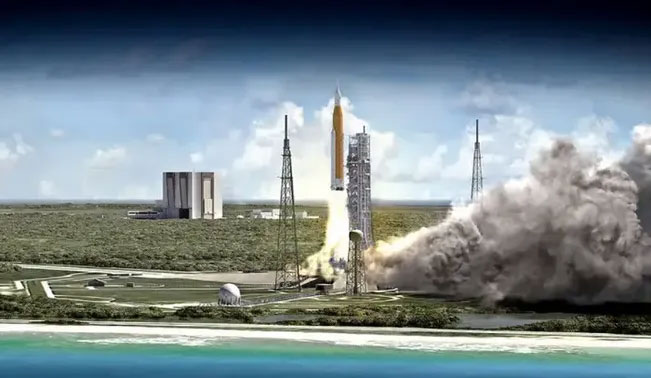
NASA will launch the SLS rocket, marking the start of the Artemis era.
In the spring of 2022, we can anticipate an important event, or at least hope for one from NASA. The U.S. space agency will launch a 332-foot (101-meter) SLS rocket, kicking off the Artemis era. It is predicted to be an impressive launch, generating 8.8 million pounds of thrust at liftoff—over 15% more than NASA’s previous Saturn V rocket.
Additionally, during the Artemis 1 mission, an uncrewed Orion spacecraft will travel a distance of 450,000 kilometers to reach lunar orbit before quickly returning to Earth. The Artemis 1 test is expected in mid-March and April, and a successful launch will lay the groundwork for Artemis 2 (scheduled for 2023), where the Orion spacecraft will take a crew around the Moon and back to Earth. Following that, Artemis 3 is planned for 2025, where NASA astronauts will land on the Moon for the first time since 1972.
2. First Flight of SpaceX’s Spacecraft
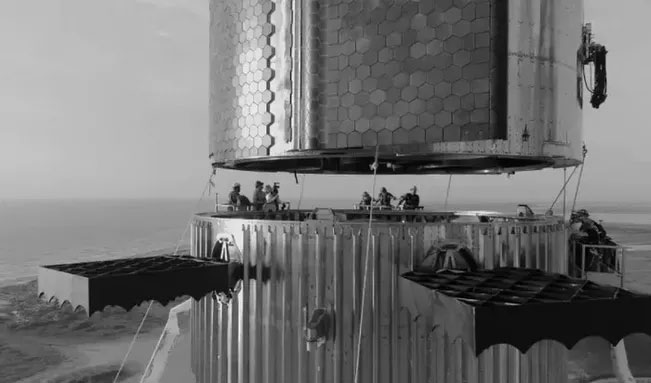
Elon Musk believes the Starship rocket will reach orbit in 2022.
SpaceX is also expected to launch a large rocket in January or February called the “Super Heavy Starship”, which will be reusable and includes prototypes Super Heavy Booster 4 and Starship SN20, standing at 120 meters tall—the tallest rocket ever built. The rocket will be launched from SpaceX’s Starbase in Boca Chica, Texas, aiming for Earth orbit before descending into the Gulf of Mexico, with the second stage landing in the Pacific Ocean near Hawaii.
Elon Musk, CEO of SpaceX, stated that there will be many risks associated with this first launch, and it seems that a failure may be on the horizon. However, Musk also believes that a Starship rocket will reach orbit in 2022, with about 12 launches expected throughout the year. Currently, SpaceX is working diligently on their “main” rocket, similar to the upcoming Artemis missions from NASA to the Moon.
Other rockets expected to make their first flights in 2022 include Arianespace’s Ariane 6, Blue Origin’s New Glenn, United Launch Alliance’s Vulcan Centaur, and Mitsubishi’s H3. It appears that the space race among major players is becoming increasingly intense, and we will be watching closely.
3. Second Test Flight of Boeing CST-100 Starliner
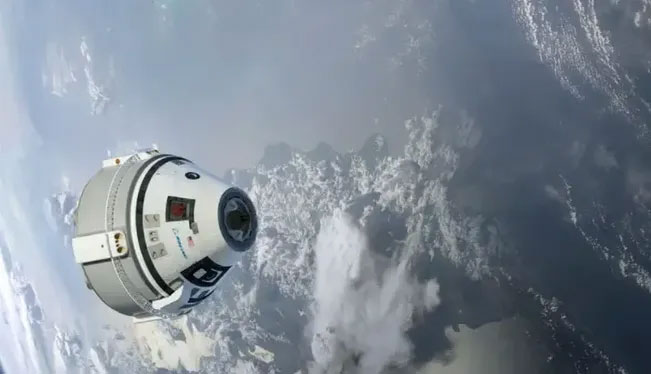
Boeing is developing this spacecraft as part of NASA’s Commercial Crew Program.
Boeing seems to be under considerable pressure as all eyes are on them to see if the company will be the last to make progress in the space sector with their CST-100 Starliner. Boeing is developing this spacecraft as part of NASA’s Commercial Crew Program, but it appears to be significantly behind schedule. Not to mention another setback that occurred in October 2021 when Boeing conducted the OFT-2 test flight, which indicated that the spacecraft needed a refresh as 13 out of 24 oxidizer valves in the propulsion system failed to start. The first Starliner test in 2019 was deemed “a mess,” making this latest incident even more unacceptable and embarrassing. Boeing is currently aiming to launch Starliner in May 2022.
4. Catching a Falling Rocket with a Helicopter
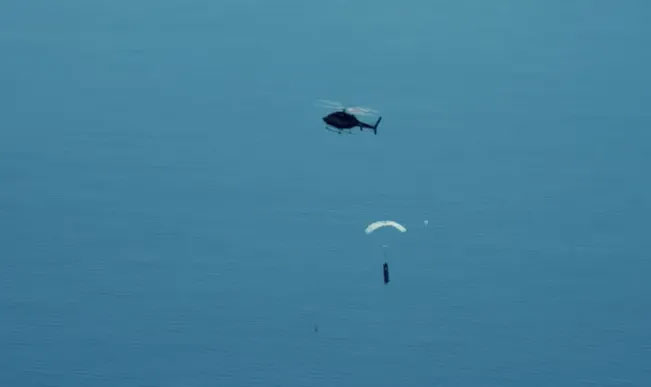
The helicopter is equipped with an additional fuel tank to extend its range.
In 2022, aerospace manufacturer Rocket Lab will use a helicopter to catch the first stage of a falling Electron rocket mid-air to bring it back to land for reuse. In April 2020, Rocket Lab successfully tested this idea. This recovery method reportedly uses a parachute to slow the descent of the rocket’s booster stage, while the helicopter will be used to catch and secure the rocket. The helicopter is outfitted with an additional fuel tank to extend its range.
5. Exciting Missions to the Moon
While humans will not step foot on the Moon, that does not mean that spacecraft will not. The United States, Russia, India, and Japan are all preparing for lunar missions in the coming year. Pittsburgh-based company Astrobiotic plans to send its Peregrine Lunar Lander to the Moon sometime in 2022.
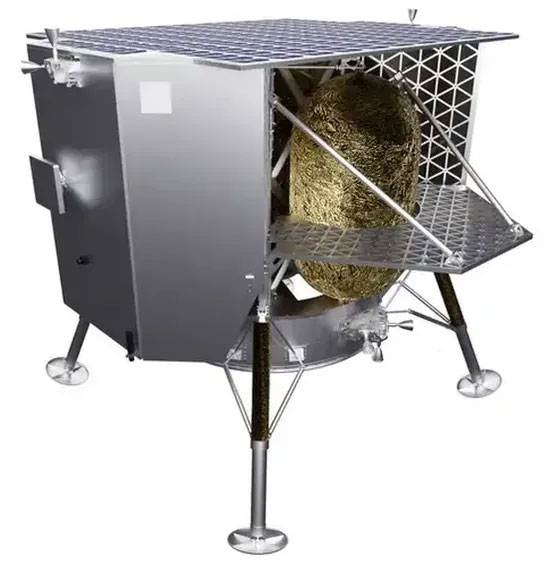
Countries are continuously sending spacecraft to explore the Moon.
This mission is part of NASA’s Commercial Lunar Payload Services (CLPS) initiative, and the U.S. space agency has signed contracts with commercial partners. Among them is Intuitive Machines, based in Houston—a CLPS partner—who is planning to send their Nova-C lander to the Moon, expected to launch in the first half of 2022 with support from SpaceX’s Falcon 9 rocket. Nova-C can carry approximately 100 kg of cargo to the Moon.
The Indian Space Research Organisation, after its first test in July 2019, failed with the Chandrayaan-2 mission to land the Vikram lander on the Moon, and they will attempt again in 2022 with hopes for success with the Chandrayaan-3 mission.
Russia plans to send the Luna 25 spacecraft, also known as the Luna-Glob Lander, to the Moon’s south pole in July 2022, aiming to analyze “the composition of polar regolith, and study the plasma and dust components of the Moon’s exosphere,” NASA stated.
Japan will send the Smart Lander for Investigating Moon (SLIM) to the Moon, marking the country’s first lunar mission. The purpose of the SLIM lander is to test precise landing capabilities on the Moon, such as identifying good landing spots and avoiding craters. This probe, developed by the Japan Aerospace Exploration Agency (JAXA), is expected to launch to the Moon sometime in 2022.
6. Mars Exploration Missions
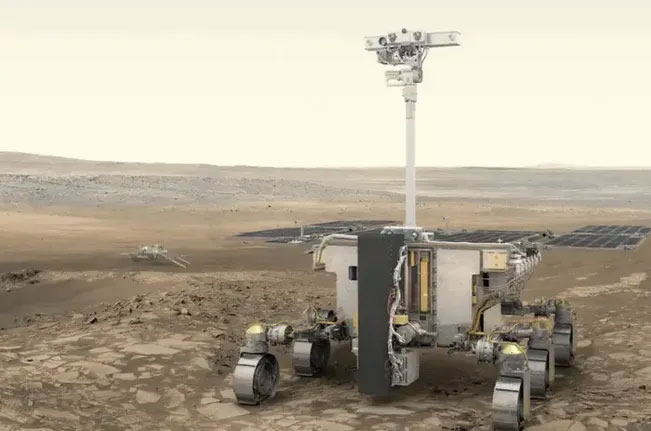
In 2022, the European Space Agency will send a probe to explore Mars.
This mission to Mars is a collaboration involving the Rosalind Franklin rover from the European Space Agency, along with Russia’s Kazachok lander, expected to launch on September 29. Upon reaching Mars, the Rosalind Franklin rover will collect surface samples and grind them into a fine powder, which will be analyzed in the onboard laboratory for chemical, spectral, and physical details. The rover will have the capability to move approximately 100 meters per day on Mars under its operator’s guidance.
Other anticipated Mars missions include NASA’s Curiosity and Perseverance rovers, China’s Zhurong rover, while NASA’s InSight mission will continue operations in 2022 and may be in its final year due to difficulties in solar energy collection.
7. Space Exploration Missions
Scheduled for around August, NASA’s SpaceX Falcon Heavy rocket will launch the Psyche spacecraft into space, targeting the asteroid 16 Psyche—a metallic planet rich in nickel and iron. According to NASA, this asteroid “provides a pathway to understanding the history of planetary collisions and the accretion that formed them.” This upcoming mission of the Psyche spacecraft could shed more light on the composition of 16 Psyche, as well as the conditions that led to its formation. Data from the spacecraft will also be used to create a detailed map of the asteroid’s surface.
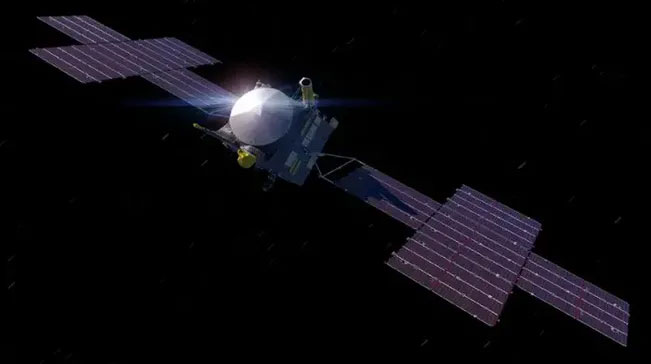
Continuous space exploration missions are being conducted.
Two small aircraft for NASA will be included in this Falcon Heavy launch, but they are directed to other locations as part of the Janus project. The twin spacecraft will explore the binary asteroids designated as (175706) 1996 FG3 and (35107) 1991 VH. According to Daniel Scheeres, the principal investigator of the project and an astronomer at the University of Colorado, these binary asteroids will be “a type of object for which we do not have clear scientific data, as all existing observations come from ground-based telescopes and lack close-up details. This will provide us with further insights into the early solar system.”
Meanwhile, already launched spacecraft will continue their missions, such as NASA’s Juno spacecraft, which will perform a close flyby of Jupiter’s moon Europa on September 29, reducing its orbital period around Jupiter from 43 to 38 days. The Parker Solar Probe, also managed by NASA, will conduct four flybys of the Sun in 2022, before getting closer to it.
8. 2022 Astronomical Events
In 2022, there is no total solar eclipse expected, only two partial solar eclipses. The first is anticipated on April 30, best viewed from the southern parts of South America, and the second will occur on October 25, primarily visible in the skies over Europe and northern Africa.
A partial lunar eclipse will take place on May 15 and 16, visible in parts of North America and all of South America, while another lunar eclipse on November 7 and 8 will be primarily seen over the Pacific Ocean.


















































